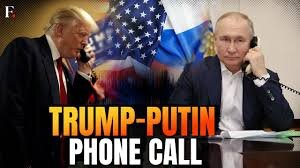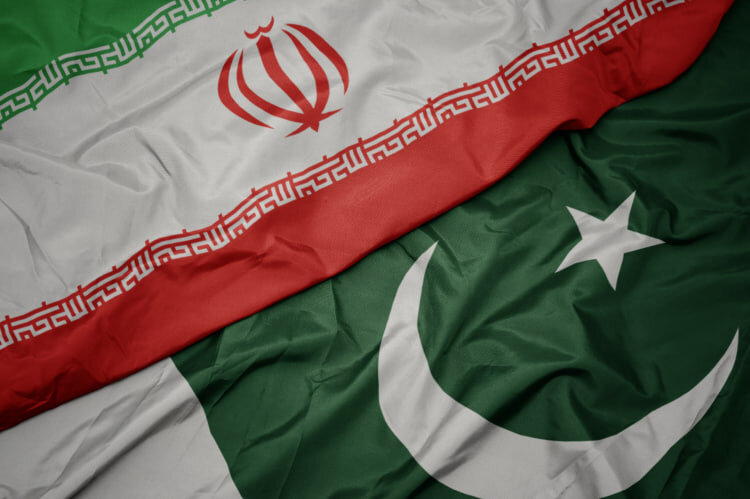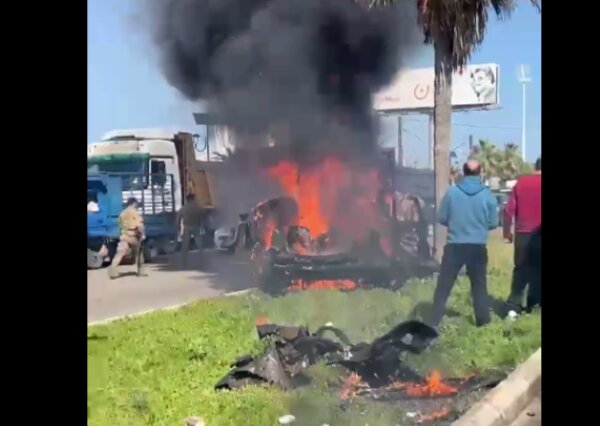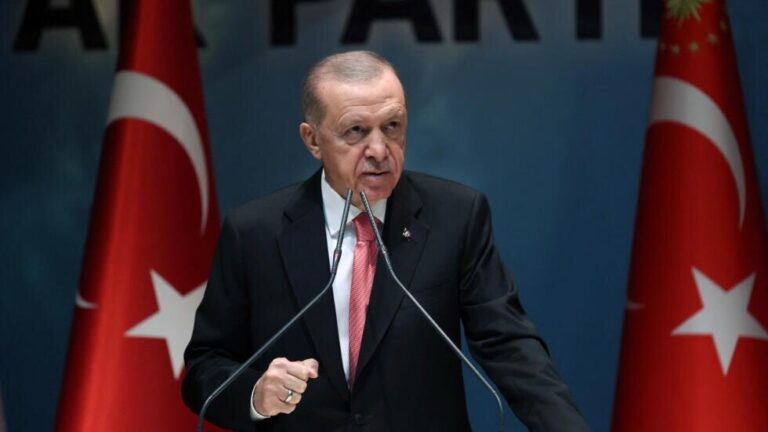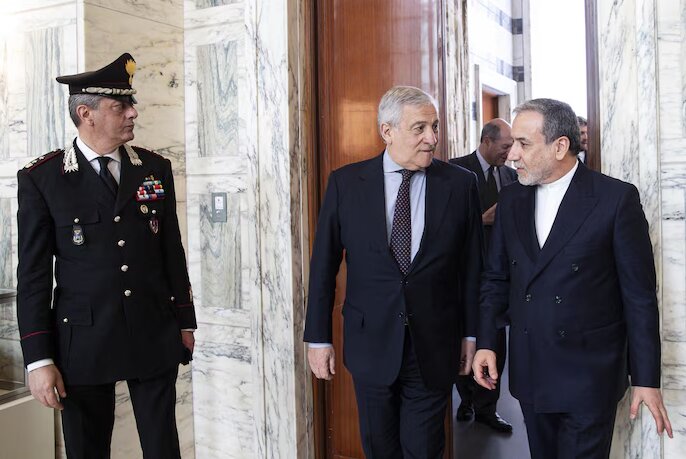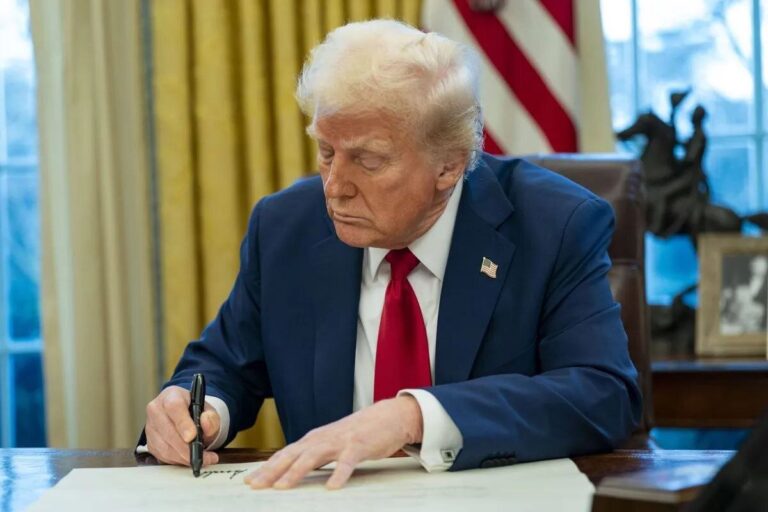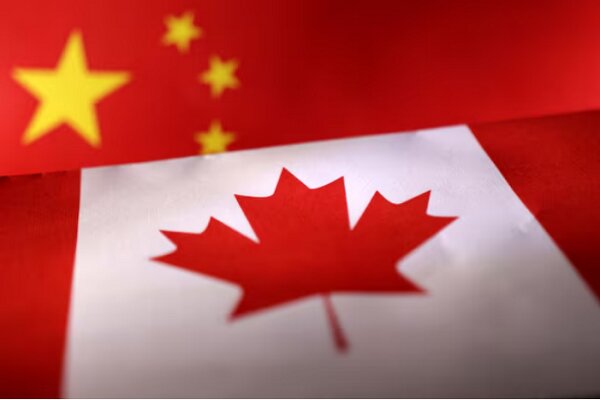Trump and Putin Join Forces to Negotiate Ukraine Ceasefire: A Step Towards Peace
In recent developments regarding the ongoing conflict in Ukraine, former President Donald Trump announced that he and Russian President Vladimir Putin have agreed to initiate negotiations aimed at achieving a ceasefire. This announcement has raised concerns in Kyiv and among European allies regarding the potential implications for Ukraine’s territorial integrity and NATO membership.
During a press briefing at the Oval Office, Trump emphasized that he was “OK” with the idea of Ukraine not joining NATO, stating, “it’s unlikely” that Ukraine would regain all its territory through negotiations. He elaborated that Russia had “taken a lot of land” and had invested significant resources, including the loss of soldiers, to secure these territories.
Trump expressed his primary goal as achieving peace, stating, “I’m just here to try and get peace. I don’t care so much about anything other than I want to stop having millions of people killed.” His rapid entry into negotiations and insistence on land concessions from Ukraine have raised alarm among its leadership and European allies who fear that the Trump administration may offer minimal resistance to Putin’s demands.
In a social media post, Trump revealed that he had a “lengthy and highly productive phone call” with Putin, where they agreed to have their respective teams begin negotiations immediately. He also mentioned plans for the leaders to visit each other’s countries, with the first meeting anticipated to occur in Saudi Arabia.
As Trump noted in his post on Truth Social, “As we both agreed, we want to stop the millions of deaths taking place in the War with Russia/Ukraine.” He further highlighted their shared belief in the principle of “COMMON SENSE,” which he claimed Putin echoed during their conversation.
The Kremlin confirmed the call and the mutual invitations for the leaders to visit each other, marking significant diplomatic engagement between the United States and Russia. This would be the first visit by an American president to Russia since 2009 and the first by Putin to the US since 2015.
Putin emphasized the necessity of addressing the root causes of the conflict, agreeing with Trump that a long-term settlement could only be achieved through peaceful negotiations. Meanwhile, Ukraine’s President Volodymyr Zelenskyy publicly supported the talks, stating that he and Trump had a “meaningful” conversation. He expressed that “No one wants peace more than Ukraine,” and underscored the importance of cooperating with the US to halt Russian aggression and ensure lasting peace.
Trump also indicated that the US would aim to secure future military aid in exchange for access to Ukrainian rare earth minerals and other natural resources. He dismissed concerns about excluding Zelenskyy from the negotiations, stating, “I don’t think so as long as he’s there.” However, he hinted that Ukraine might need to hold elections, noting Zelenskyy’s less-than-ideal poll numbers.
On the sidelines of the Munich Security Conference, Zelenskyy is scheduled to meet with Vice President JD Vance and Secretary of State Marco Rubio. Earlier, US Secretary of Defense Pete Hegseth outlined the US negotiating position in Brussels, stating that Ukraine must recognize it cannot reclaim all territory occupied by Russia.
- Hegseth stated, “We must start by recognizing that returning to Ukraine’s pre-2014 borders is an unrealistic objective.”
- He warned that chasing this “illusory goal” would only prolong the war and increase suffering.
- Hegseth ruled out NATO membership for Ukraine, suggesting that peace would need to be ensured by capable European and non-European troops.
Despite the outlined positions, experts are skeptical about any significant diplomatic progress, as Russia continues to gain ground in the conflict. Moscow’s demands include ceding further territory and a commitment from Ukraine to adopt a neutral status, mirroring earlier pre-invasion conditions from 2021.
In December, Putin reiterated that he would insist on Ukraine adopting a neutral stance and implementing demilitarization measures. He also called for the lifting of Western sanctions on Russia. Kyiv has previously rejected these demands, with the Biden administration affirming that the decision to hold peace talks rests with Ukraine.
In a recent interview, Zelenskyy voiced concerns about Europe’s ability to provide robust security guarantees without US involvement, stating, “Security guarantees without America are not real.” He indicated that a multinational deterrence force in Ukraine post-ceasefire would require a strength between 100,000 and 150,000 troops, significantly smaller than the over 600,000 Russian troops currently occupying parts of Ukraine.
Some European diplomats have expressed apprehension regarding the US position presented by Hegseth, interpreting it as a premature surrender that could weaken Ukraine’s negotiating stance. They worry that concessions from Ukraine may encourage Russia to escalate its demands in forthcoming negotiations.
Amidst these developments, Zelenskyy has indicated that Ukraine is reviewing a deal with the US focused on a new “security, economic cooperation, and resource partnership.” This comes after discussions with US Treasury Secretary Scott Bessent regarding access to Ukrainian natural resources.
The rapid pace of negotiations has sparked concerns among European nations that the future of their security is being discussed without their input. One European official emphasized, “If Europe is responsible for Ukraine’s security and could even provide troops under a ceasefire agreement, then we should have a seat at the table and be consulted with the Americans.”
European foreign ministers reaffirmed their support for Ukraine during a meeting in Paris, stressing the importance of protecting Ukraine’s interests in any negotiations between Moscow and Washington. German Foreign Minister Annalena Baerbock and French Foreign Minister Jean Noël-Barrot both called for direct European participation in the talks, insisting that lasting peace cannot be achieved without European involvement.
In conclusion, Trump’s announcement, following a high-profile prisoner swap, has set the stage for a new phase of negotiations aimed at reaching a potential ceasefire in Ukraine, though the implications for the region’s security remain complex and uncertain.
